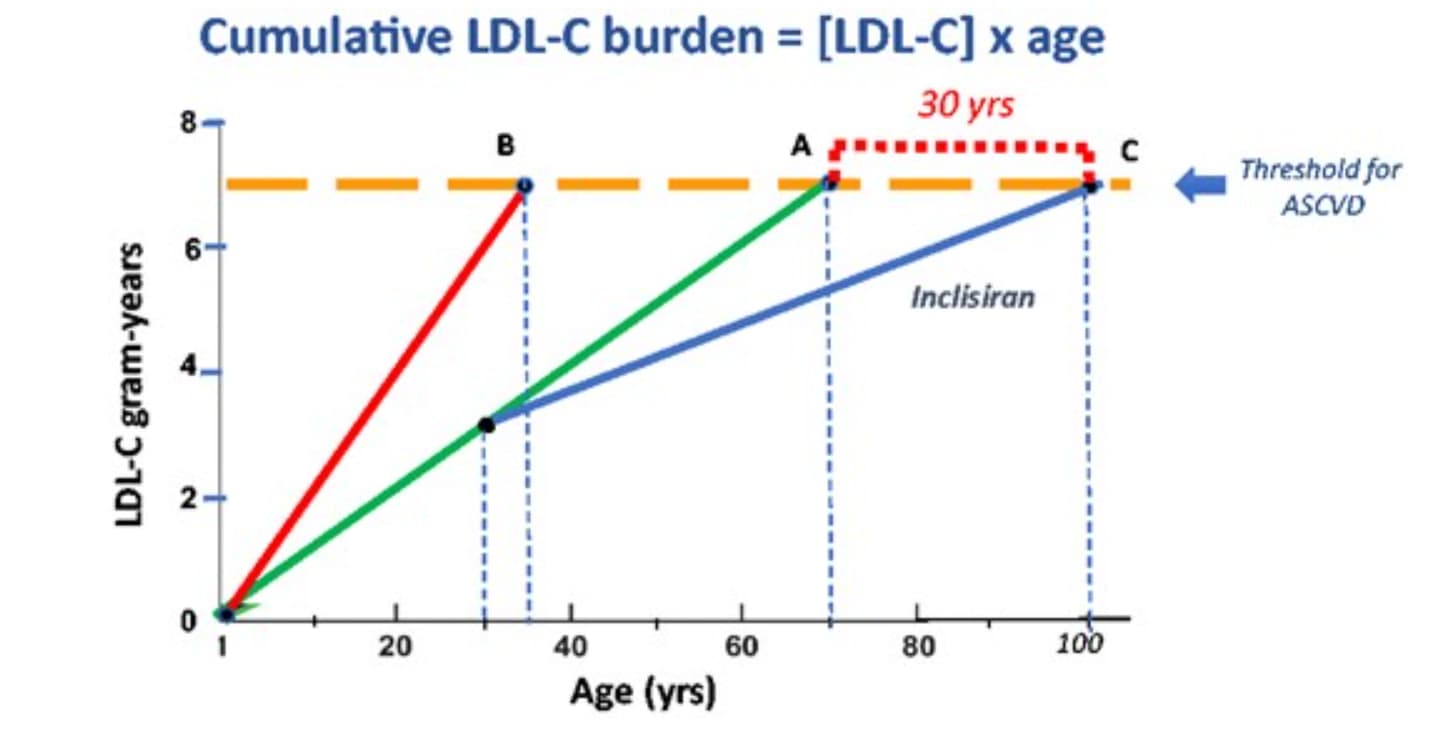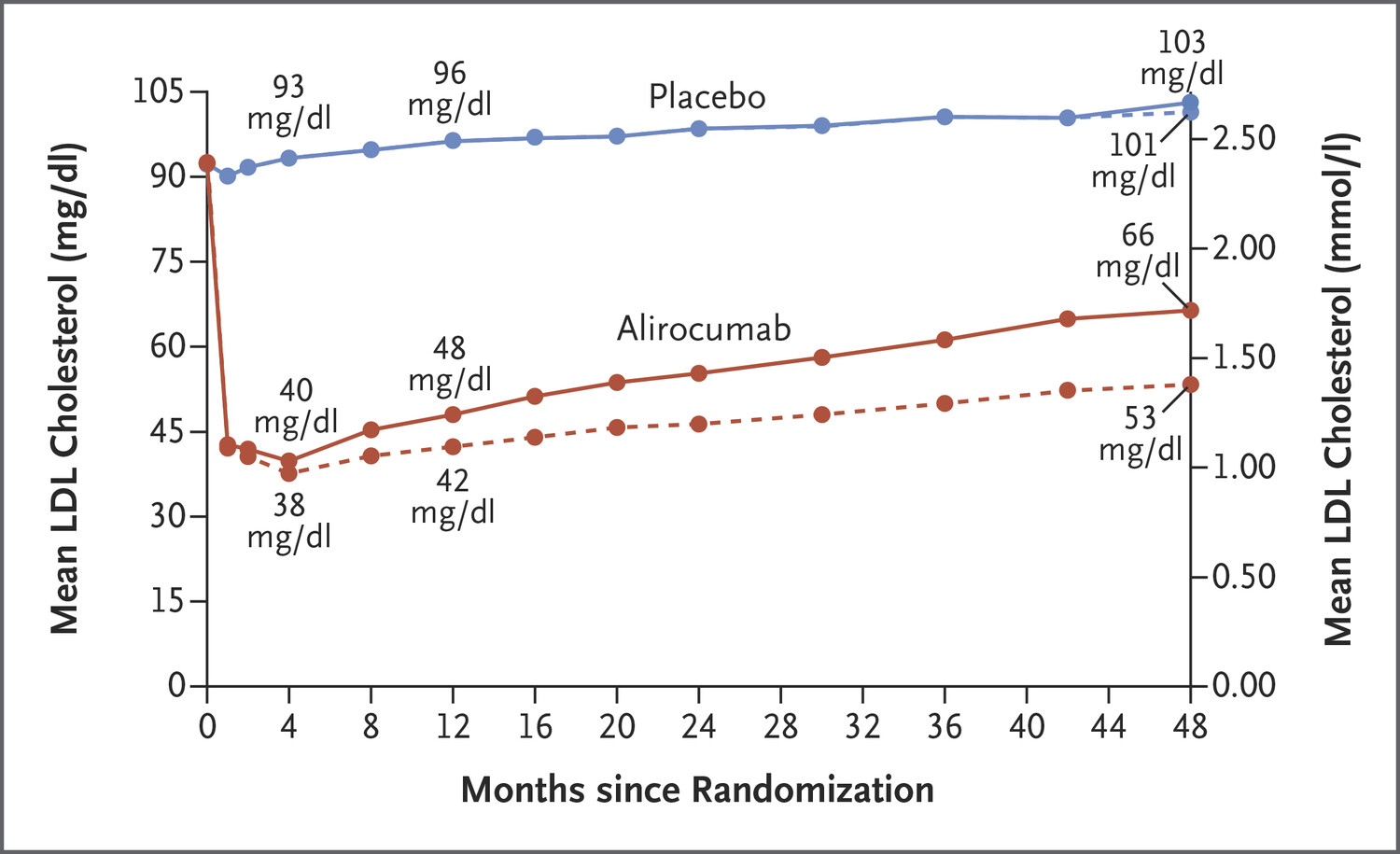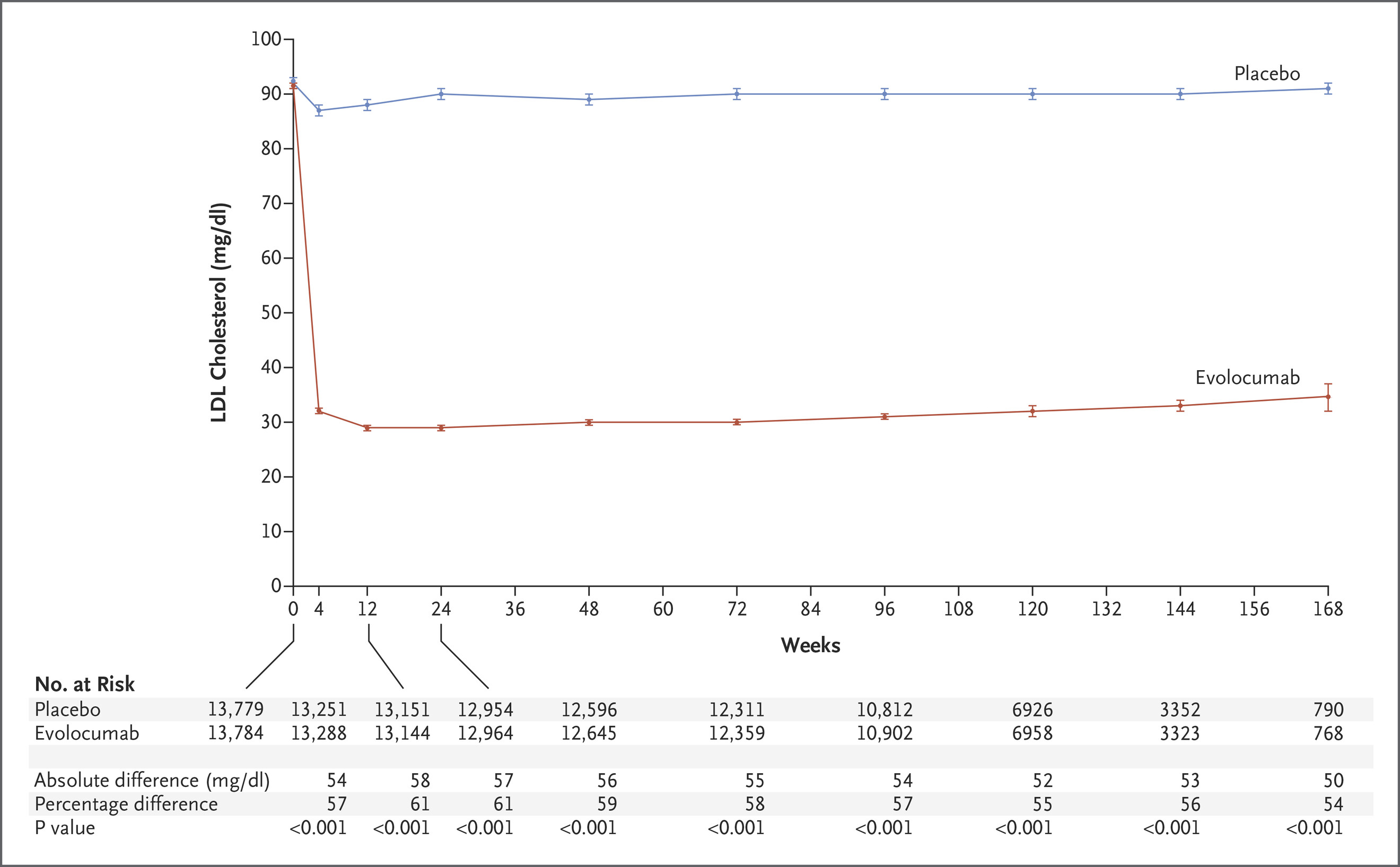I noticed we have a new member that joined a few days ago. He goes by @Hackingbiology.com , based in Europe, his name is “Fabio” and he’s getting serious about longevity biohacking and in the process of developing his plan and a software platform.
I like the way he’s approaching the effort; very methodically and thoughtfully. He sounds like he is a software engineer by training. He’s identified many of the same issues we’ve discussed here… the difficulty of tracking outcomes across multiple people of different interventions and people, data collection and management. I think he’s aligned with many of us here, wanting better outcomes tracking and data collection, and more rigorous evaluation of longevity interventions … and wanting “open source” approaches where everyone can learn from each other.
He has created a presentation on his approach, which he’s shared on google docs here: Hacking Biology - Project Presentation - Google Slides
He has a rough google spreadsheet where he’s identified possible targets for use: Protocol Planning - Google Sheets
He shared this with me:
I am in the year of buildup of my anti-aging protocol, as a hacker in the learning phase, and my understanding (other than my need), is that in the ecosystem most of the people:
- don’t do proper measurement and related data management
- don’t stick a documented protocol of what they are doing making difficult / impossible to compare
Most of all, there’s no collaborative system that would make it easier to start a protocol and report results, resulting in “a kind of crowd-sourced trial” (my biology researcher friends hate me, when I say so, not becoming a scientifically diligent and reproducible protocol, enabling anyone to pickup what they wish to do, but i think could be useful investigative lead).
So we need a bunch of software, knowledge base and easy pdf to print for the measurement to make it accessible, as here the learning curve and adoption is pretty high, it must be made accessible.
Said so, i am a tech entrepreneur and hacker, social committed to opensource and open data, while busy with many stuff i allocated 50k to this project development and with the goal (first towards myself) to ensure a non-commercial, collaborative and opensource hacker lead biohacking project on longevity.
His Website:
It is still pretty minimal, but provides a look at his approach and considerations so far:



